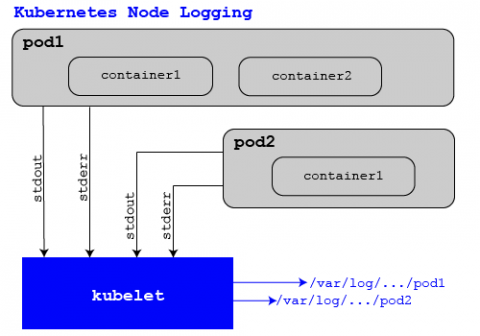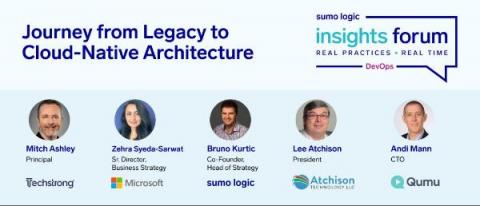Monitoring with Prometheus vs Grafana: understanding the difference
Observability has become one of the most important areas of your application and infrastructure landscape, and the market has an abundance of tools available that seem to do what you need. In reality, however, most products - especially leading open source tools - were created to solve a single problem extremely well, and have added additional supporting functionality to become a more robust solution; but the non-core functionality is rarely best of breed. Examples of these are Prometheus and Grafana.











